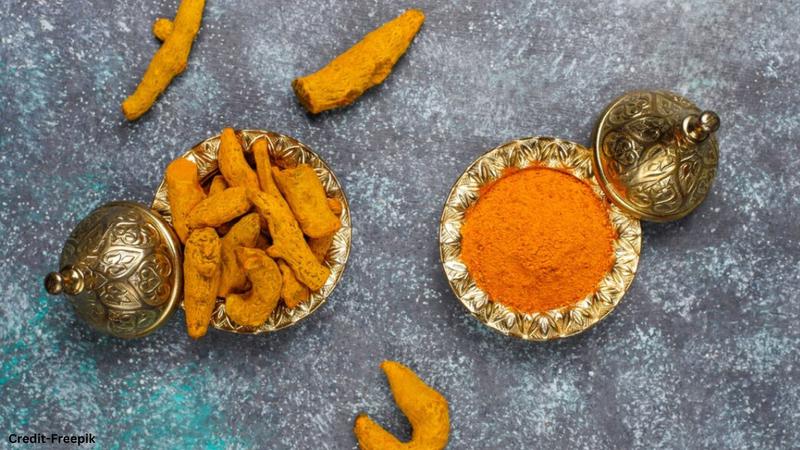Published 19:22 IST, May 7th 2024
How To Conduct An Adulteration Test Of Common Kitchen Spices?
Have a look at multiple ways of conducting adulteration tests on kitchen spices such as turmeric and black pepper at your home.

haldi | Image:
Freepik
- Listen to this article
- 2 min read
Advertisement
19:22 IST, May 7th 2024
